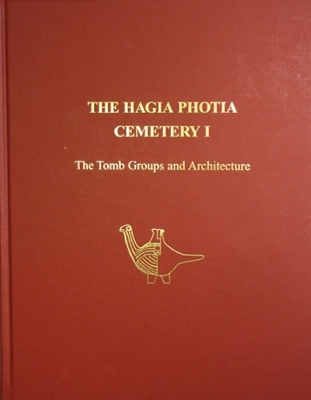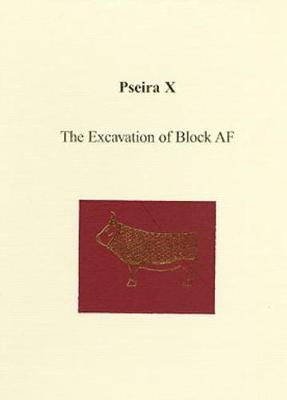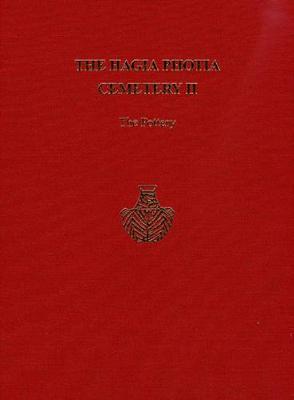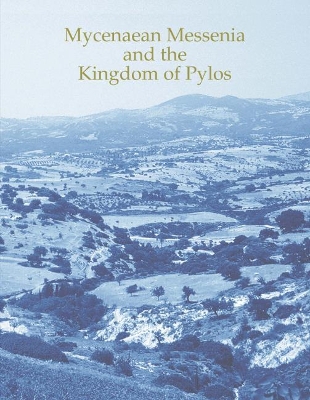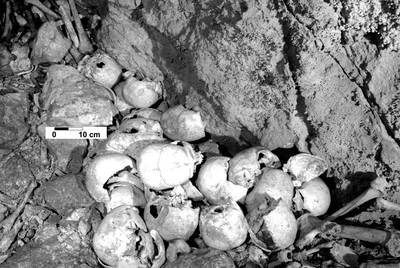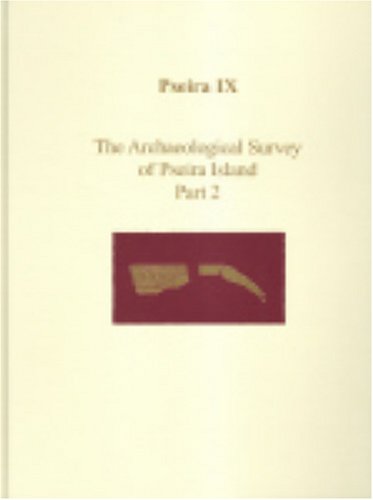Prehistory Monographs
5 primary works • 6 total works
Book 14
The Hagia Photia Cemetery takes its name from the nearby village on the northeast coast of Crete, 5 km east of modern Siteia. This large Early Minoan burial ground with over fifteen hundred Cycladic imports was discovered in 1971. A total of 263 tombs were excavated as a rescue excavation in 1971 and 1984. Among the 1800 artefacts are some of the earliest known Cretan discoveries of several types: the grave goods come mostly from the Kampos Group, an assemblage of artefacts known mainly from the Cyclades. Similarly, the tombs represent an architectural style and a series of burial customs that are foreign to Crete but familiar from elsewhere within the Aegean. In fact, the cemetery has such close parallels from the Cyclades that it has often been regarded as a Cycladic colony. The burial contents are an extremely interesting body of evidence for the study of the formative phases of Minoan Crete.
Book 28
This book is the tenth volume in the series of excavation reports about the harbor town of Pseira, which is located on the island of the same name, just off the northeast coast of Crete. The book focuses on the excavation and interpretation of the architecture and material culture in Block AF. This southern group of buildings is one of the most important areas in the settlement because of its long succession of building phases. Block AF provides the fullest sequence of building phases from any one area at Pseira, with habitation extending from before MM II to LM III. It has examples of complex architectural details including a "pillar crypt," elaborate upstairs floors, a well-preserved U-shaped staircase, and a well-designed kitchen, all of which contribute significantly to our knowledge of East Cretan building practices. In addition to domestic pottery, the houses furnish examples of stone tools, stone vessels, loom weights, inscriptions in Linear A, cult objects, animal bones, marine shells, and a wide range of material recovered from water sieving.
This latter category, with burned grain, fish bones, shells, and other categories of materials, fills many gaps in our knowledge of Pseiran life.
This latter category, with burned grain, fish bones, shells, and other categories of materials, fills many gaps in our knowledge of Pseiran life.
Book 34
The publication of the Hagia Photia Cemetery is planned in three volumes. The first volume, which has already been published (Davaras and Betancourt 2004), presented the tomb groups and the architecture. The second volume about the excavation of the Hagia Photia cemetery focuses on the pottery. The third volume will present the obsidian, stone finds, metal objects, and other discoveries. The Early Minoan I tombs at Hagia Photia included the largest assemblage of vessels in Cycladic style known from Crete as well as vases from production workshops in Crete. The pottery is extremely important for several reasons, including the definition of the EM I ceramic styles that were being used as funerary offerings in this part of Crete, the establishment of the chronological synchronisms between Crete and the Cyclades, and information on the history of the Minoan pottery industry. When compared with other deposits from EM I Crete, the pottery helps to establish a better understanding of the ceramic development within the first Minoan time period.
Book 45
This study outlines the state of our present knowledge concerning the Mycenaean settlements in Messenia and examines the evidence for reconstructing the political geography of the "Kingdom" of Pylos. The progress of archaeological exploration in Messenia is reviewed in relation to the Mycenaean (Late Helladic [LH]) period. The data from excavations and surveys concerning the Mycenaean settlements in Messenia are summarized. The author attempts to determine the extent of the "Kingdom" and to identify the locations of its main districts by correlating the archaeological data from Mycenaean sites with the the inscriptions in Linear B found in the "Palace of Nestor" at Ano Englianos.
Book 47
This is the first of five planned volumes to present the primary archaeological report about the excavation of the cave of Hagios Charalambos in eastern Crete. The Minoans used this small cavern as an ossuary for the secondary burial of human remains and grave goods, primarily during the Early and Middle Bronze Age. The geography and geology surrounding the cave is discussed along with the methodology of the excavation. A portion of the pottery and all of the small finds are presented with many illustrations.
12[
Pseira IX
by Philip P. Betancourt, Costis Davaras, Richard Hope Simpson, and Jacqueline Simpson
Published 30 June 2005
Richard B. Seager excavated the Minoan town and cemetery at Pseira in 1906-1907, but the work was not fully published. The Temple University excavations (1985-1994) under the direction of Philip P. Betancourt and Costis Davaras conducted an intensive surface survey of the island. The results of the survey on the small island off the northeast coast of Crete are published in two volumes. Pseira VIII presents the results from the corollary studies that accompany the surface survey. Pseira IX presents the results from the intensive surface survey.
